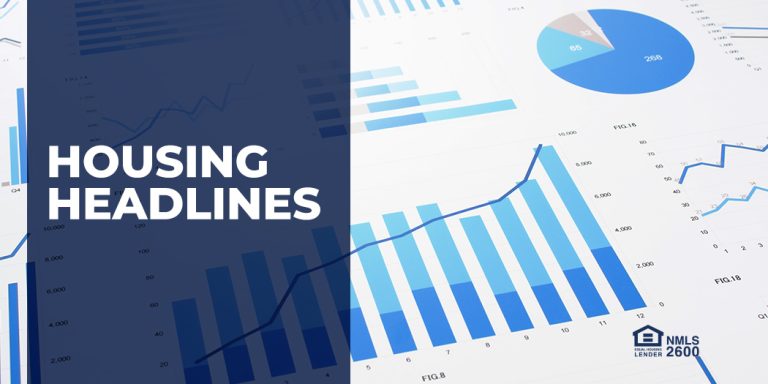This past week interest rates held steady as the markets brace for the Fed meeting this coming Wednesday. Let's discuss what happened and look at the big news events ahead.

The Quiet Period
A lot of the big market moves and volatility in the financial markets have been sparked by Federal Reserve members speaking about monetary policy. The good news this week? It was the blackout or quiet period for the Federal Reserve, where Fed members have no speeches or make no comments on monetary policy for 10 days leading into The Fed meeting.
Bottom line...Fed members did not speak, and markets didn't have to react, and that was good news.
Global Rate Cuts Coming
Economies around the globe are seeing slower economic growth and lower inflation. For this reason, other countries have either cut rates or will begin cutting rates as soon as June. This is going "against the grain" with what the U.S. is doing as we do not expect to be cutting rates until later this year because our inflation remains a bit higher and more persistent.
New Home Sales Jump
In March, New home sales jumped to the highest levels in six months. This leading indicator highlights the pent-up demand for housing as new home sales are counted at the signing of a contract.
Since this report, mortgage rates hit the highest levels of 2024, so it remains to be seen if the strong buying demand will continue.
Demand for U.S. Short-Term Debt
Last Tuesday, the Treasury Department sold a record $69 billion worth of two-year notes. The good news? The buying demand was solid and the yield on the 2-year Note remained beneath 5%.
This is important to follow because if the 2-year Note can remain beneath 5%, it could limit how high long-term rates, like mortgages, rise.
The Buck is Strong
In response to our relatively strong economy and the Federal Reserve not cutting rates in the near term, the U.S. dollar is very strong relative to other countries. One benefit is some downward pressure on oil prices which are priced in dollars. If oil prices go down, that brings less inflationary fears, and this is good for bonds and interest rates.
A strong U.S. dollar also makes imports less expensive, which is good for inflation.
4.60%
The 10-year Note has traded in a range between 4.60% and 4.70%. For long-term interest rates, like mortgages to improve, we need to see the 10-year Note move beneath 4.60%. A move above 4.70% would be bad and likely bring another spike higher in interest rates.
Bottom line: Interest rates are trying to find a peak and next week's Fed Meeting and Treasury Refunding announcement may determine if the peak is here.











